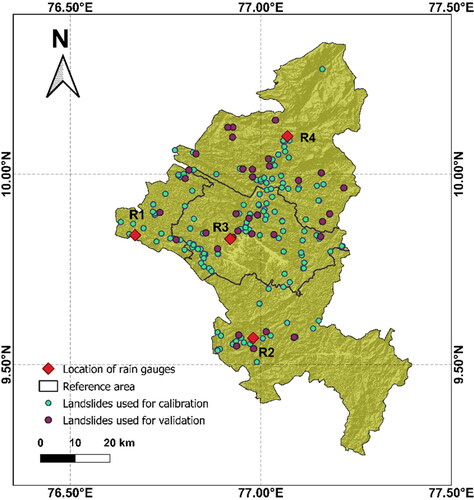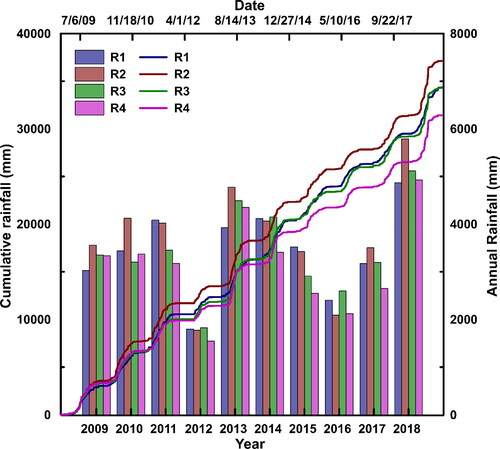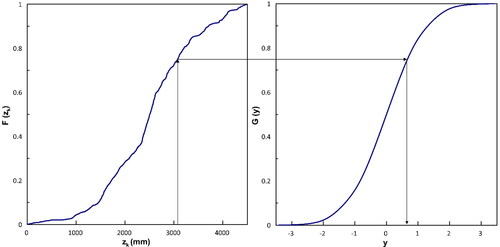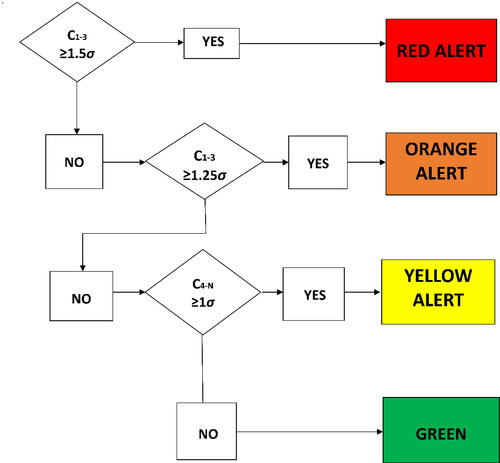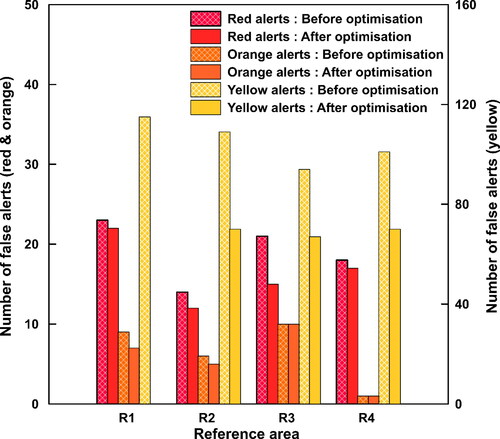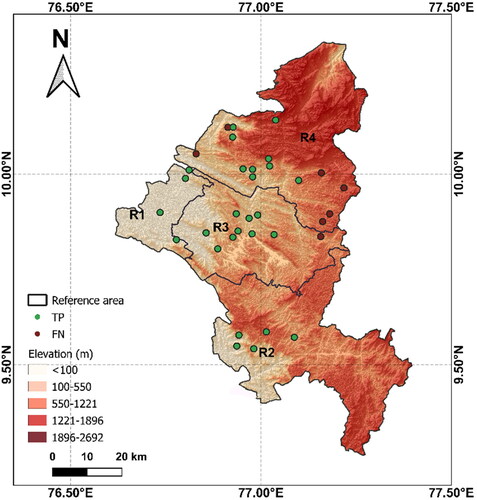Figures & data
Figure 1. Location detains of Idukki (a) India (b) Geological map of Idukki district (modified after (Geological Survey of India Citation2010)).

Figure 5. An example of threshold curves for cumulative rainfall up to 100 days; ‘’ is the standard deviation of each series.
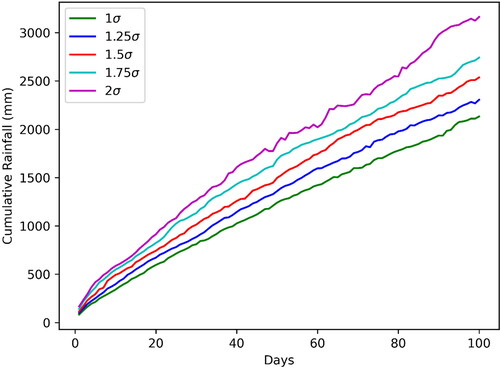
Figure 7. A graphical representation for the process of optimization for increasing the threshold value.
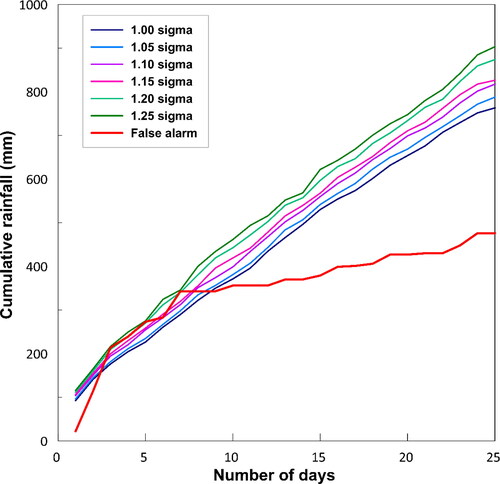
Table 1. Optimized threshold and N values for each reference area.
Table 2. Results of validation of SIGMA model for Idukki.

